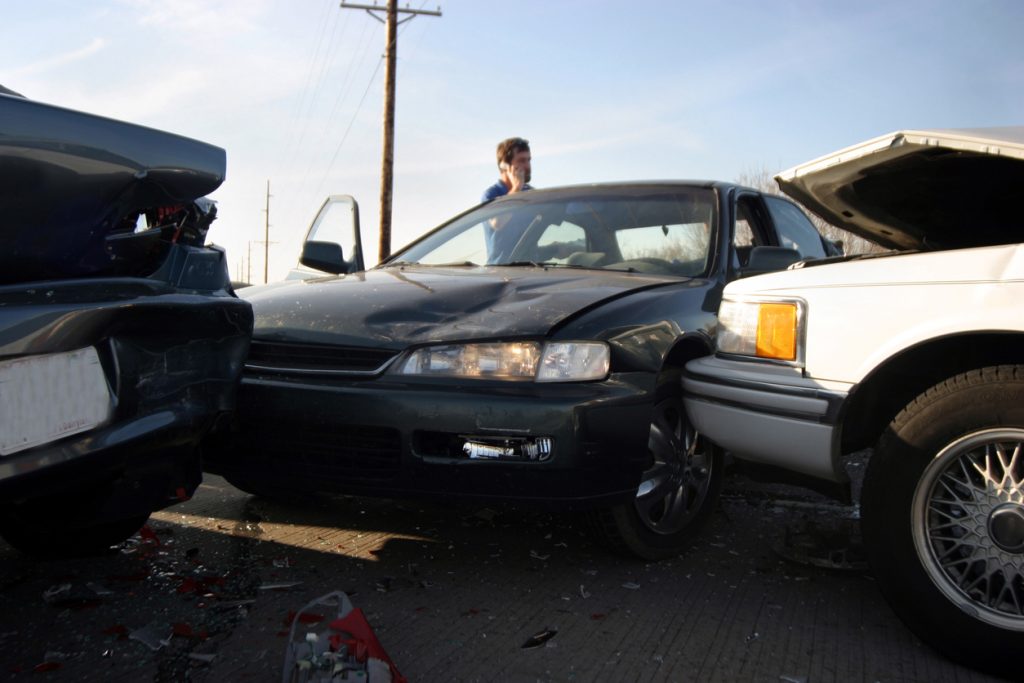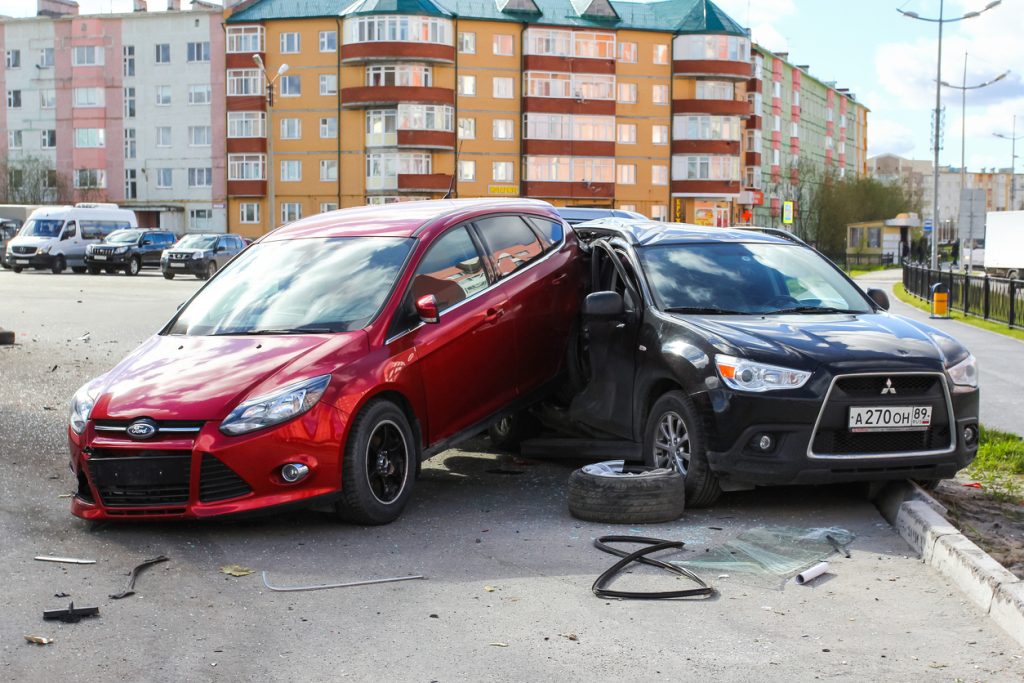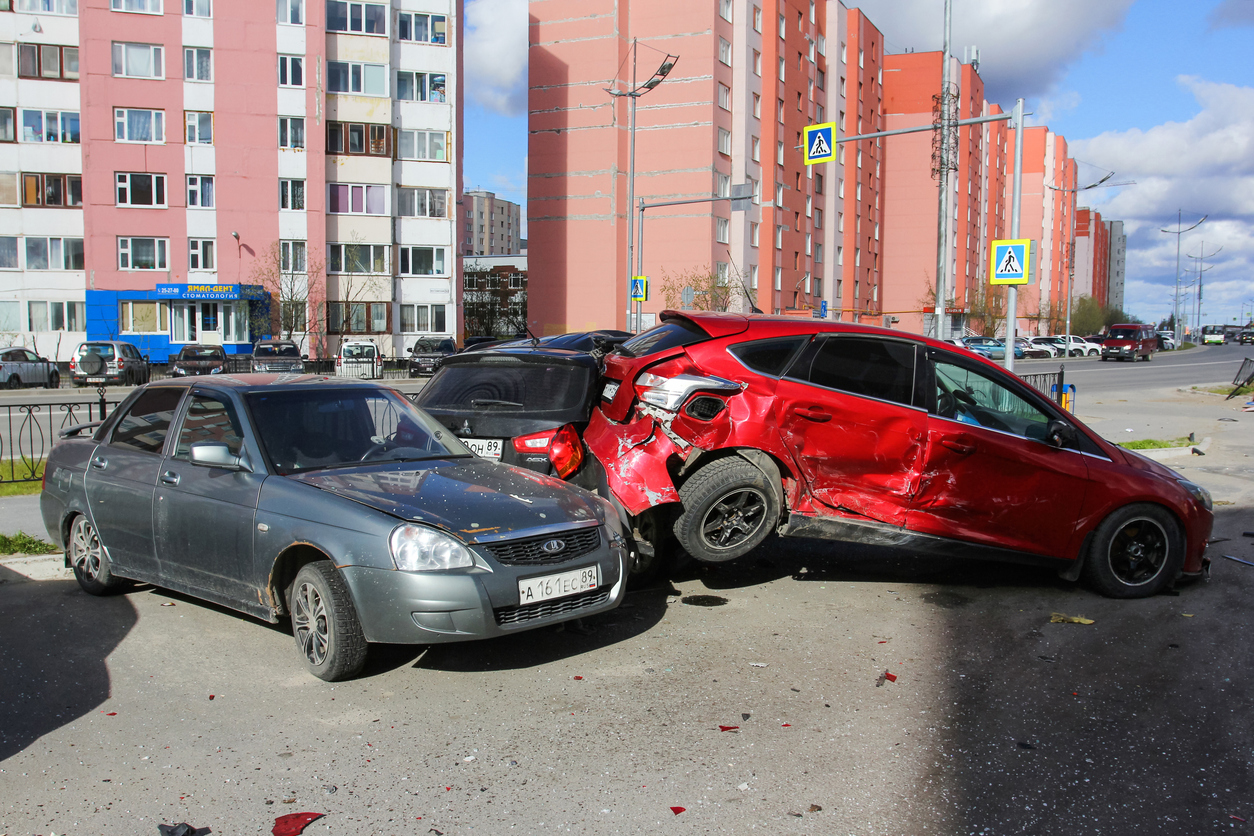Multi vehicle crashes can unfold suddenly, creating chaos on Oregon’s highways, rural routes, and city intersections. A single moment of distraction or a risky maneuver often triggers a chain reaction involving several vehicles. When an Oregon multi vehicle accident occurs, the consequences are rarely minor. Collisions involving three or more vehicles are notorious for leading to serious injuries, extensive property damage, and complicated questions about legal responsibility. Understanding the leading causes of these accidents and the preventive measures drivers can take is critical to reducing risks on the road.
Why an Oregon Multi Vehicle Accident Becomes So Dangerous
The dynamics of a two-car collision already carry the potential for harm, but when multiple vehicles collide, the danger escalates dramatically. An Oregon multi vehicle accident usually occurs on high-speed roads where drivers have less time to react. Once one vehicle strikes another, momentum and traffic flow can create a domino effect. Collisions may involve drivers who had no initial role in the triggering event but became unavoidable victims due to location and timing. Pileups often block entire lanes, making it difficult for emergency responders to reach injured parties quickly, further worsening outcomes.
Distracted Driving as a Primary Cause of Oregon Multi Vehicle Accidents
Distraction behind the wheel remains one of the leading contributors to roadway disasters. Drivers glancing at a phone, adjusting controls, or losing focus for just a few seconds may fail to notice stopped or slowed traffic ahead. In high-density areas or during peak hours, this delayed response can trigger an Oregon multi vehicle accident as one car rear-ends another, causing additional cars behind them to crash in quick succession. While Oregon law restricts cellphone use while driving, enforcement cannot fully prevent drivers from engaging in distracted behaviors that put others at risk.

Speeding and Aggressive Maneuvers That Lead to Chain Reactions
Excessive speed not only reduces a driver’s control but also increases the severity of impact in a collision. When speeding occurs in dense traffic conditions, one sudden brake can trigger a chain reaction. Tailgating, rapid lane changes, and aggressive passing maneuvers heighten the risk of losing control. On highways where vehicles travel at high speeds, a reckless driver can set off an Oregon multi vehicle accident that escalates beyond the initial miscalculation. The faster the vehicles are traveling, the more devastating the pileup becomes.
Weather-Related Hazards in an Oregon Multi Vehicle Accident
Oregon’s diverse climate brings rain, fog, and winter ice that create treacherous road surfaces. Wet pavement extends braking distance, and fog reduces visibility to the point where drivers cannot anticipate stopped or slowed traffic ahead. When multiple vehicles are traveling close together, adverse weather often contributes to an Oregon multi vehicle accident because conditions magnify every small mistake. Even cautious drivers may become entangled when road conditions reduce maneuvering options.
Intersections and Sudden Stops as Critical Risk Points
Intersections present some of the most common sites for an Oregon multi vehicle accident. A driver who runs a red light or fails to yield can set off a violent chain reaction involving cars entering from multiple directions. Likewise, sudden stops on highways—caused by traffic jams, road construction, or debris—can trigger pileups when vehicles are following too closely. Rear-end collisions remain one of the most common accident types, but in congested traffic, they rarely involve just two vehicles.
Truck Involvement in an Oregon Multi Vehicle Accident
Commercial trucks weigh significantly more than passenger vehicles, and their braking distance is much longer. When a truck collides with another vehicle, its momentum often forces multiple cars into secondary collisions. The size of trucks also limits visibility for surrounding drivers, making it harder to anticipate sudden movements. When a truck loses control in wet or icy conditions, the result is often a large-scale Oregon multi vehicle accident with se damage.
damage.
Legal Complexities of Determining Fault
Determining responsibility in a crash involving several vehicles is not straightforward. Liability often rests on identifying the driver who set the chain reaction in motion. Questions of negligence—whether it stemmed from distraction, impairment, or reckless driving—must be carefully investigated. Oregon follows a comparative negligence standard, meaning fault may be divided among multiple drivers. In some cases, even drivers who contributed minimally may face partial responsibility. For a closer look at liability in these scenarios, resources such as which driver is responsible during an Oregon multi-vehicle crash provide valuable guidance.
Impaired Driving and Its Role in Multi Vehicle Collisions
Alcohol and drug impairment remain persistent threats on Oregon roads. Impaired drivers have slower reaction times, poorer judgment, and reduced coordination. When such a driver triggers a collision, the lack of control often leads to widespread damage. Late-night and holiday travel periods see a higher frequency of impaired driving, raising the risk of an Oregon multi vehicle accident. Oregon law enforces strict limits on blood alcohol concentration, but enforcement alone cannot prevent every incident.
The Role of Road Design and Construction Zones
Poorly designed intersections, inadequate signage, or sudden lane closures in construction zones can all contribute to multi-vehicle crashes. Drivers unfamiliar with detours may brake unexpectedly or swerve without warning. In these conditions, even minor mistakes can quickly escalate. Construction zones are especially hazardous because narrowed lanes and shifting traffic patterns create confusion. When one car collides with another, the confined space can lead to an Oregon multi vehicle accident that grows quickly.
Preventive Measures to Reduce the Risk of an Oregon Multi Vehicle Accident
While some conditions are beyond a driver’s control, many preventive actions can reduce the likelihood of involvement in a pileup. Maintaining safe following distances, adjusting speed to match weather conditions, and staying alert at all times are essential. Drivers should also monitor traffic patterns, anticipating sudden stops or changes ahead. When traveling near trucks, leaving additional space can help avoid being trapped in a collision. Oregon’s Transportation Safety Division provides resources on defensive driving practices designed to minimize risks on state roads.
How Drivers Can Protect Themselves After a Multi Vehicle Crash
In the aftermath of an Oregon multi vehicle accident, safety and legal considerations intersect. Seeking immediate medical care ensures injuries are documented, even when they appear minor at first. Drivers should exchange information, cooperate with responding officers, and avoid making admissions of fault. Legal processes following such accidents often require detailed evidence, including photographs, witness accounts, and police reports. Because liability is complex, protecting one’s rights depends heavily on maintaining accurate records of the incident.

The Broader Impact of Multi Vehicle Accidents on Oregon Communities
Beyond the immediate consequences, pileups have ripple effects across communities. Highways may remain closed for hours, disrupting commerce and emergency services. Insurance costs often rise as claims from multiple parties accumulate. Hospitals face strain when many injured drivers and passengers arrive simultaneously. An Oregon multi vehicle accident therefore extends beyond the individuals directly involved, placing pressure on public systems and highlighting the importance of prevention.
Conclusion: Reducing the Risk of an Oregon Multi Vehicle Accident
The reality of driving in Oregon is that multi-vehicle crashes remain an ongoing threat. With distracted driving, speeding, adverse weather, and road design all contributing, prevention requires both personal responsibility and broader awareness. By adjusting driving habits, respecting traffic laws, and understanding the hazards that most commonly cause these incidents, drivers can reduce the risk of becoming part of an Oregon multi vehicle accident. The path toward safer roads depends on vigilance, caution, and proactive efforts to recognize danger before it escalates.
